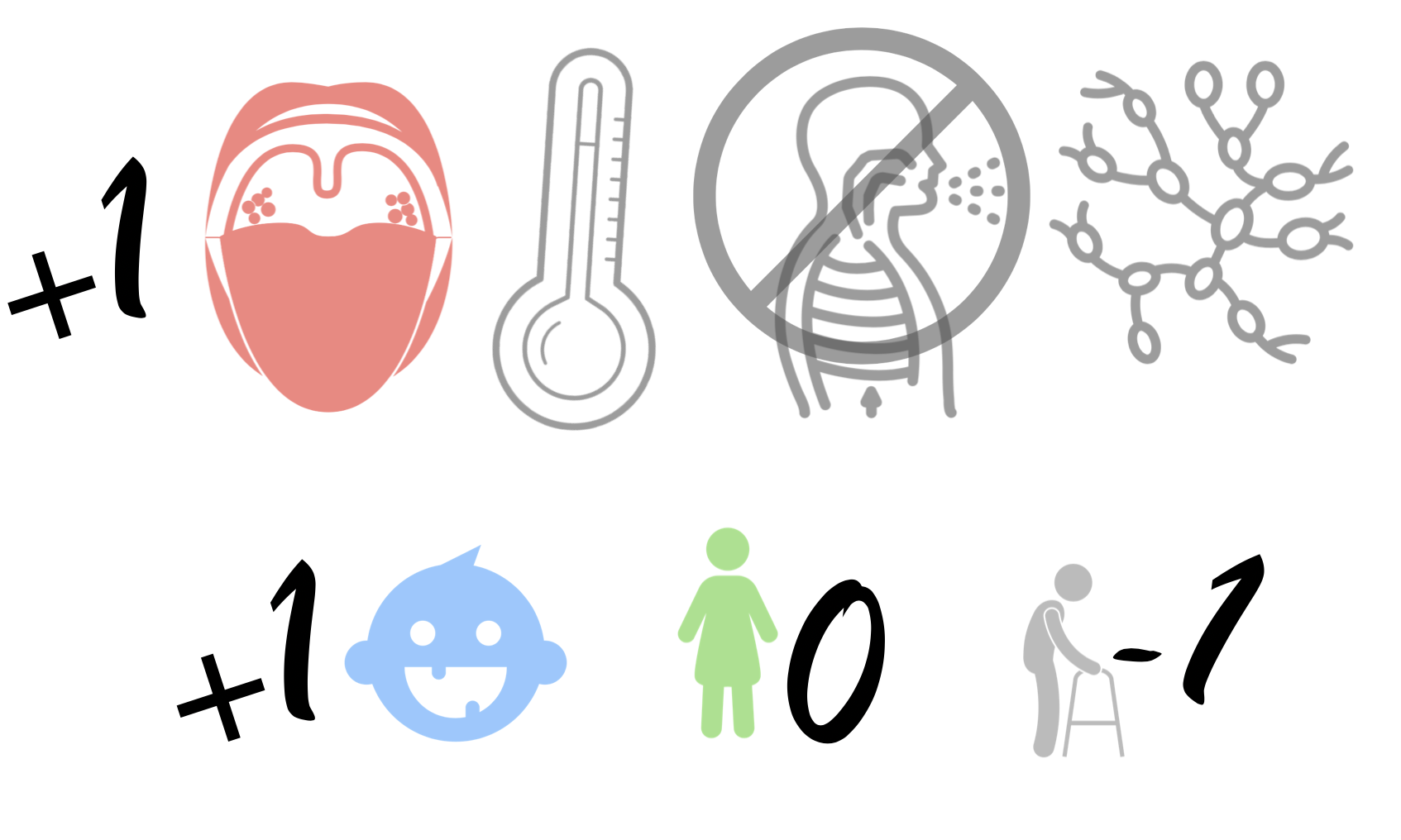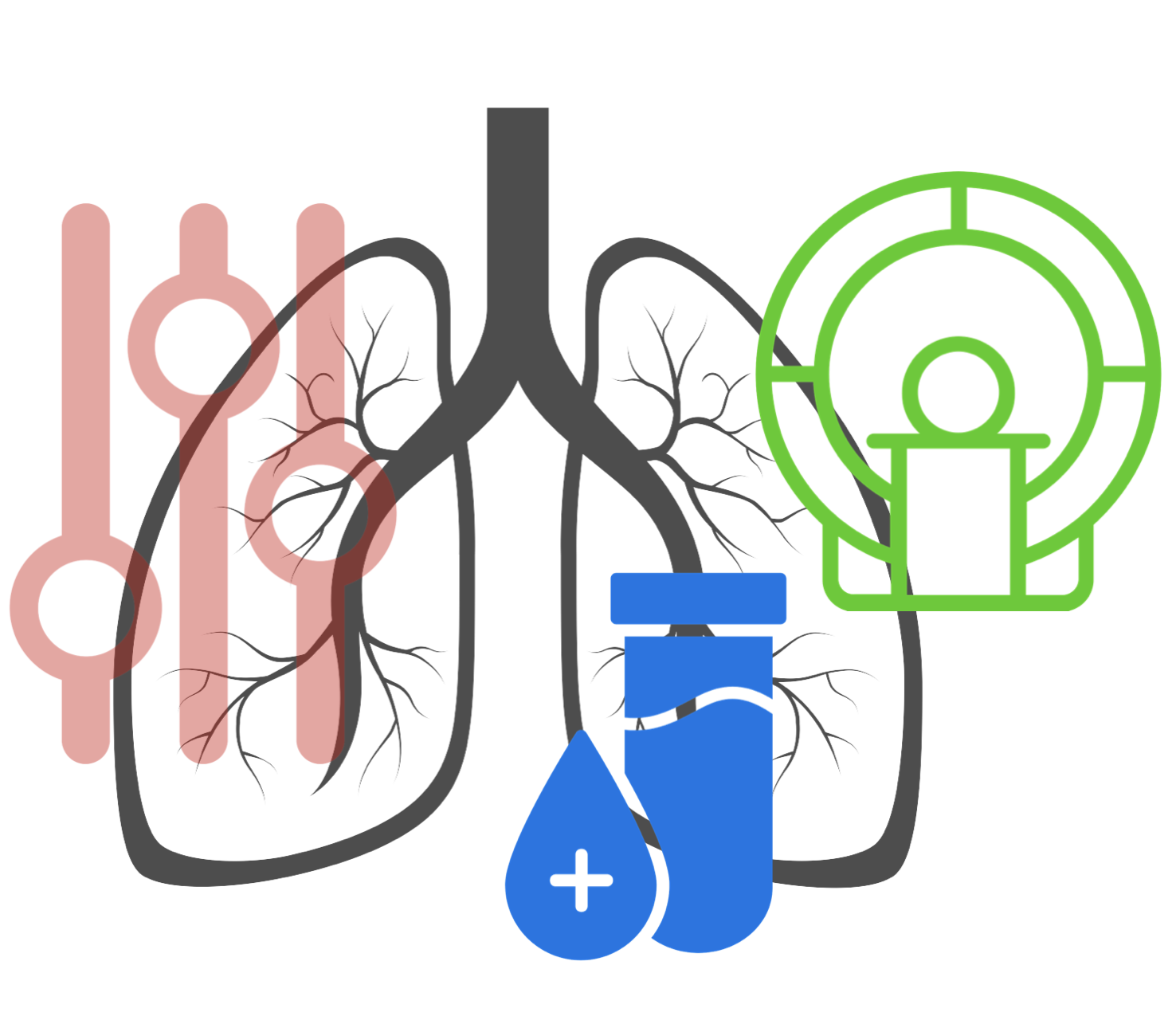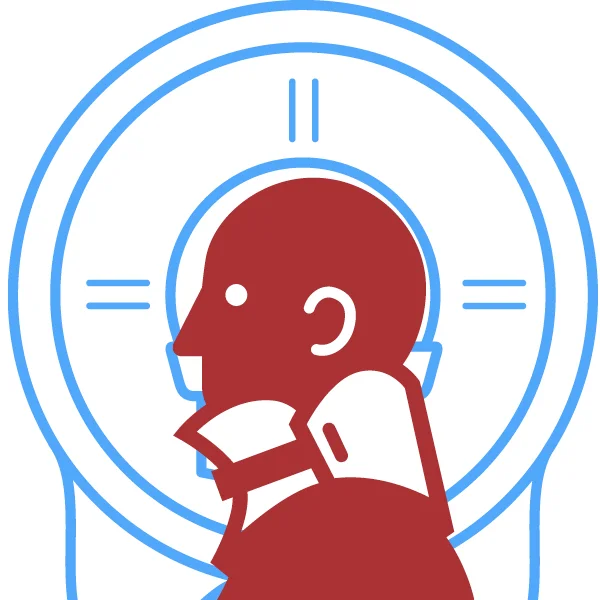Diagnostics: Brain MRI
/If you have ever nodded along as someone described an MRI series weighting, you are not alone. As this modality becomes more accessible to the Emergency Physician, it is incumbent on us to familiarize ourselves with the critical aspects and critical diagnoses of MRI and how to speak the language. Dr. Zalesky takes us on a tour of the physics, indications and low-down of MRI from the ED.
Read More


















